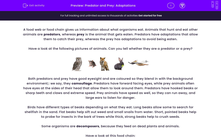In this activity, we are going to look at how predators are adapted to hunt for prey and how prey are adapted to avoid being eaten.
A food web or food chain gives us information about what organisms eat.
Animals that hunt and eat other animals are predators, whereas prey is the animal that gets eaten.
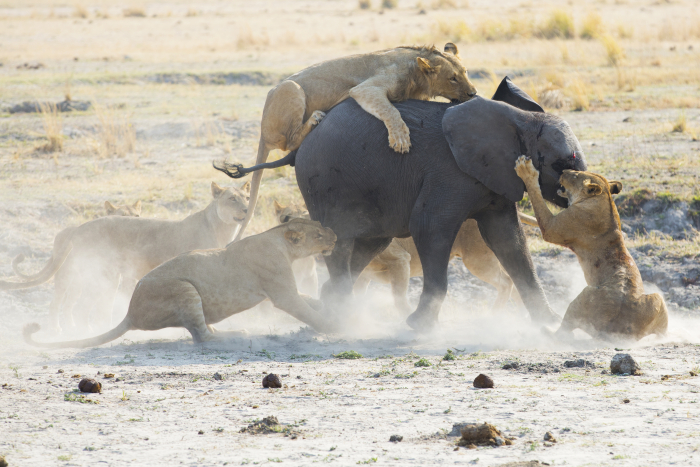
Have a look at the following pictures of animals. Can you tell whether they are a predator or a prey?
.jpg)
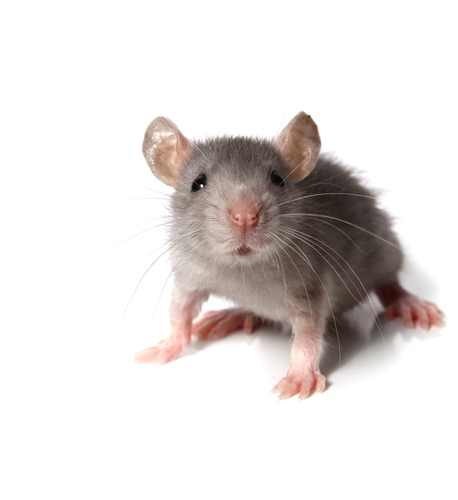
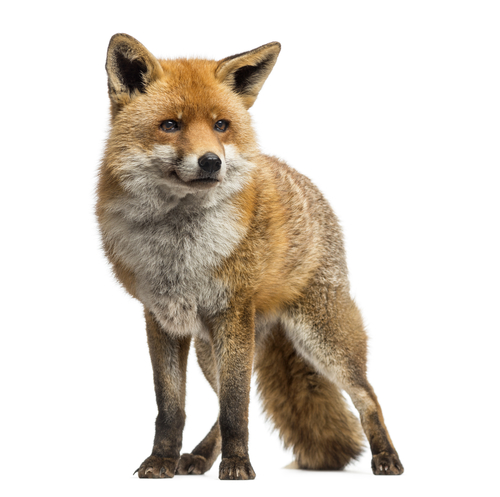
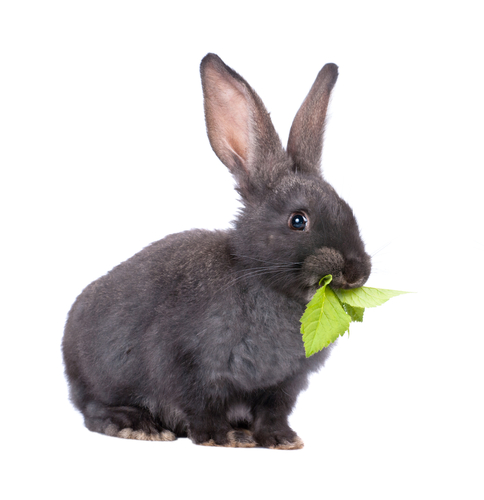
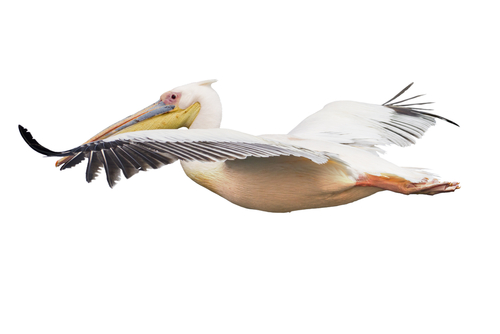
Both predators and prey have good eyesight and are coloured so that they blend in with the background environment - we say, they are camouflaged.
Predators have forward-facing eyes, while prey animals often have eyes at the sides of their head that allow them to look around them.
Predators have hooked beaks or sharp teeth and claws, and extreme speed.
Prey animals have speed as well, so they can run away, and large ears to listen for danger.
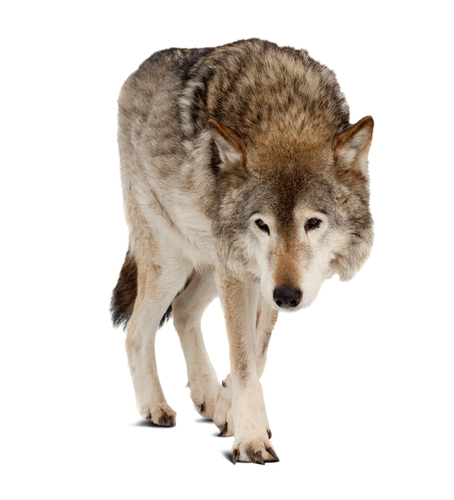
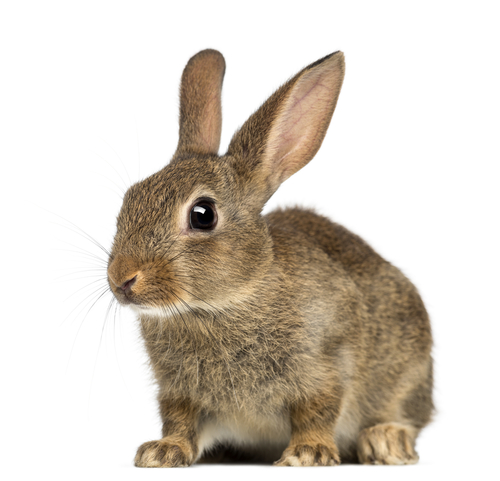
Birds have different types of beaks depending on what they eat:
- Long beaks allow some to search for shellfish in the sand
- Flat beaks help sift out weed and small snails from water
- Short, pointed beaks help to probe for insects in the bark of trees
- Thick, strong beaks help to crush seeds
.jpg)
Some organisms are decomposers because they feed on dead plants and animals: toadstools and bacteria are good examples of decomposers.
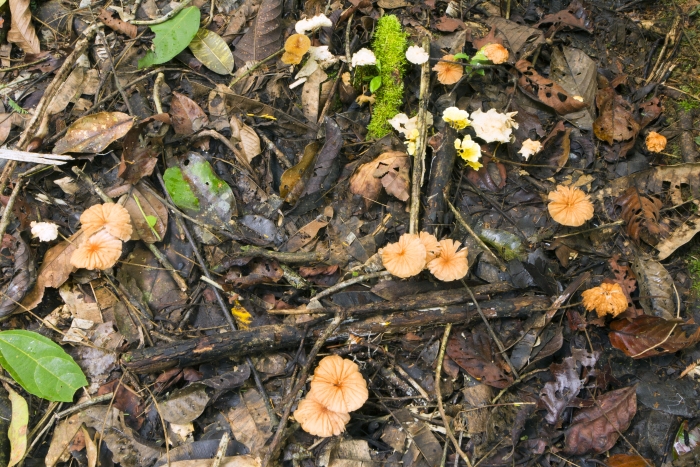
Have a look at this food chain:
grass → antelope → lion
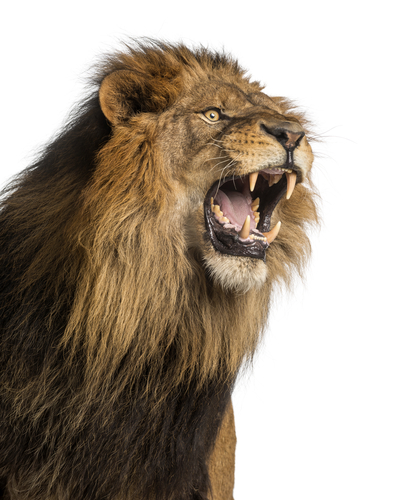
The three organisms make up three different energy levels - they are called trophic levels.
The grass is the producer because it has the ability to convert sunlight energy into food energy - that feeds the whole food chain.
The antelope is a herbivore, so is the primary consumer, eating the grass and converting the energy into antelope muscle.
The lion is a carnivore, and (in this food chain) the secondary consumer and top predator.
Surprisingly, very little energy passes from one level to another: only 10% of the energy the grass provides actually passes to the antelope when it eats the grass, and much less passes to the lion.
That's why food chains tend to be short - so much energy is used in chasing, digesting, staying warm, etc. that only 10% ends up getting built into the consumer itself. You'll learn more about this later in your science course.
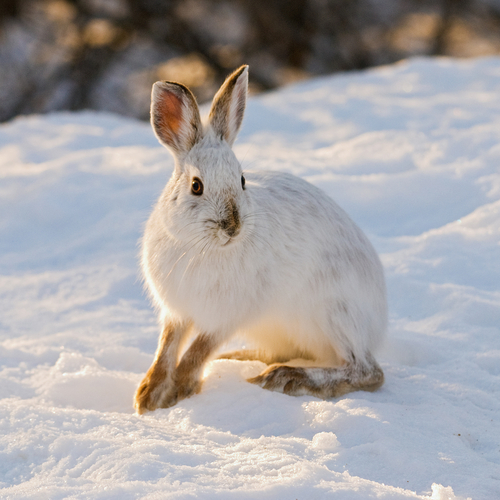
So, let's have a little look at how organisms are adapted for maximising their chances of getting some food.

